Consumer Preference for Customization
In Japan, there is a growing consumer preference for customized cosmetic products, which is influencing the cosmetic packaging market. As consumers seek personalized experiences, brands are responding by offering tailored packaging solutions that cater to individual preferences. This trend is particularly prominent among younger consumers who value uniqueness and self-expression. In 2025, it is anticipated that customized packaging could account for around 20% of the market, as brands leverage technology to create bespoke packaging designs. This shift not only enhances consumer satisfaction but also fosters brand loyalty, as customers are more likely to engage with brands that offer personalized options. Therefore, the demand for customization is emerging as a key driver in the cosmetic packaging market, prompting brands to innovate and adapt their packaging strategies.
Technological Advancements in Packaging
Technological innovations are significantly influencing the cosmetic packaging market in Japan. The integration of smart packaging technologies, such as QR codes and NFC tags, is enhancing consumer engagement and providing additional product information. These advancements allow brands to connect with consumers on a deeper level, offering personalized experiences and promoting brand loyalty. Furthermore, automation in packaging processes is improving efficiency and reducing production costs. By 2025, the adoption of advanced packaging technologies is projected to lead to a 15% increase in operational efficiency for manufacturers. This technological evolution not only streamlines production but also enhances the overall consumer experience, making it a crucial driver for growth in the cosmetic packaging market.
Rising Demand for Eco-Friendly Materials
The cosmetic packaging market in Japan is experiencing a notable shift towards eco-friendly materials. As consumers become increasingly aware of environmental issues, there is a growing preference for sustainable packaging solutions. This trend is reflected in the market, where the use of biodegradable and recyclable materials is on the rise. By 2025, eco-friendly packaging is estimated to account for approximately 30% of the total market share. Companies are investing in research and development to create innovative materials that minimize environmental impact while maintaining product integrity. This shift not only aligns with consumer preferences but also meets regulatory requirements aimed at reducing plastic waste. As a result, Demand for eco-friendly packaging solutions is likely to drive growth in the cosmetic packaging market, encouraging brands to adopt more sustainable practices.
Regulatory Compliance and Safety Standards
Regulatory compliance and safety standards are critical factors shaping the cosmetic packaging market in Japan. The government has implemented stringent regulations regarding packaging materials and safety to protect consumers and the environment. As a result, manufacturers are compelled to adhere to these regulations, which often necessitates the use of safer and more sustainable materials. By 2025, compliance with these regulations is expected to drive a 10% increase in the adoption of safer packaging solutions. This focus on safety not only ensures consumer protection but also enhances brand reputation, as companies that prioritize compliance are viewed more favorably by consumers. Consequently, regulatory compliance is a significant driver influencing the evolution of the cosmetic packaging market, pushing brands towards more responsible packaging practices.
Growth of the Beauty and Personal Care Sector
The expansion of the beauty and personal care sector in Japan is a significant driver for the cosmetic packaging market. With an increasing number of consumers investing in skincare and cosmetic products, the demand for innovative and attractive packaging is on the rise. In 2025, the beauty and personal care market is expected to reach approximately $40 billion, creating a substantial opportunity for packaging manufacturers. Brands are focusing on creating visually appealing packaging that reflects their product quality and brand identity. This trend is particularly evident among premium brands, which often utilize high-end materials and unique designs to differentiate themselves in a competitive market. Consequently, the growth of the beauty and personal care sector is likely to propel the demand for diverse packaging solutions within the cosmetic packaging market.



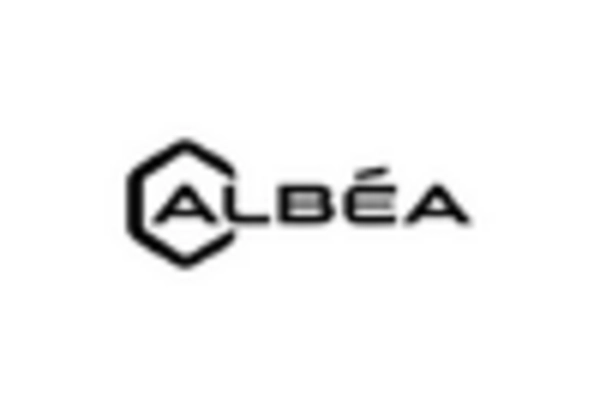
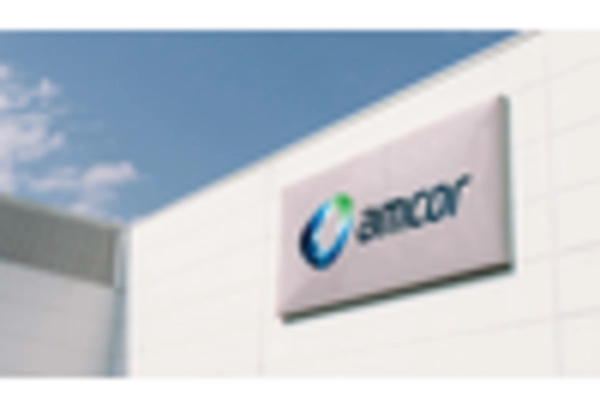
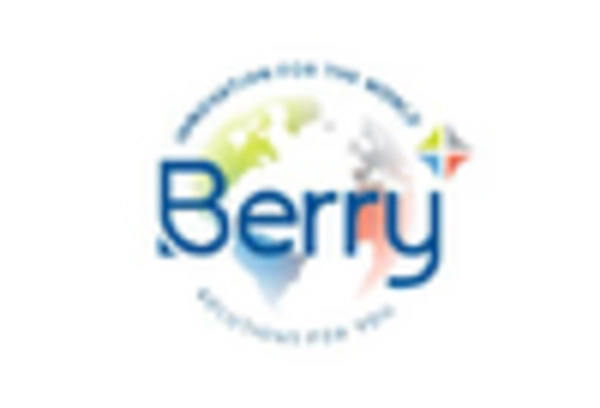

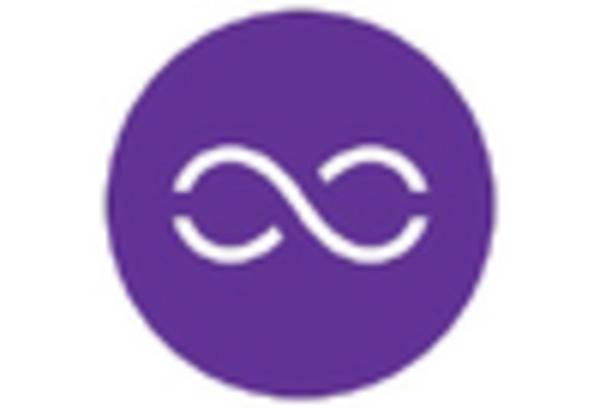
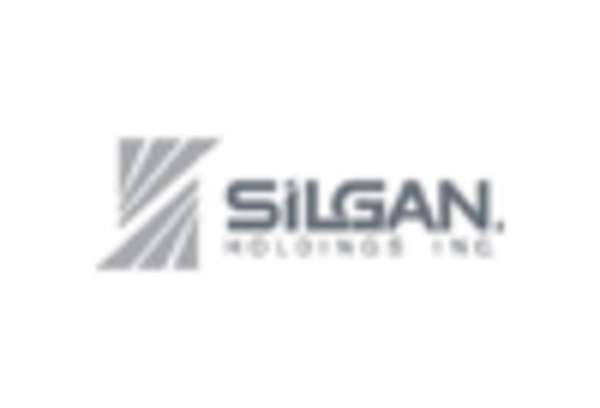








Leave a Comment